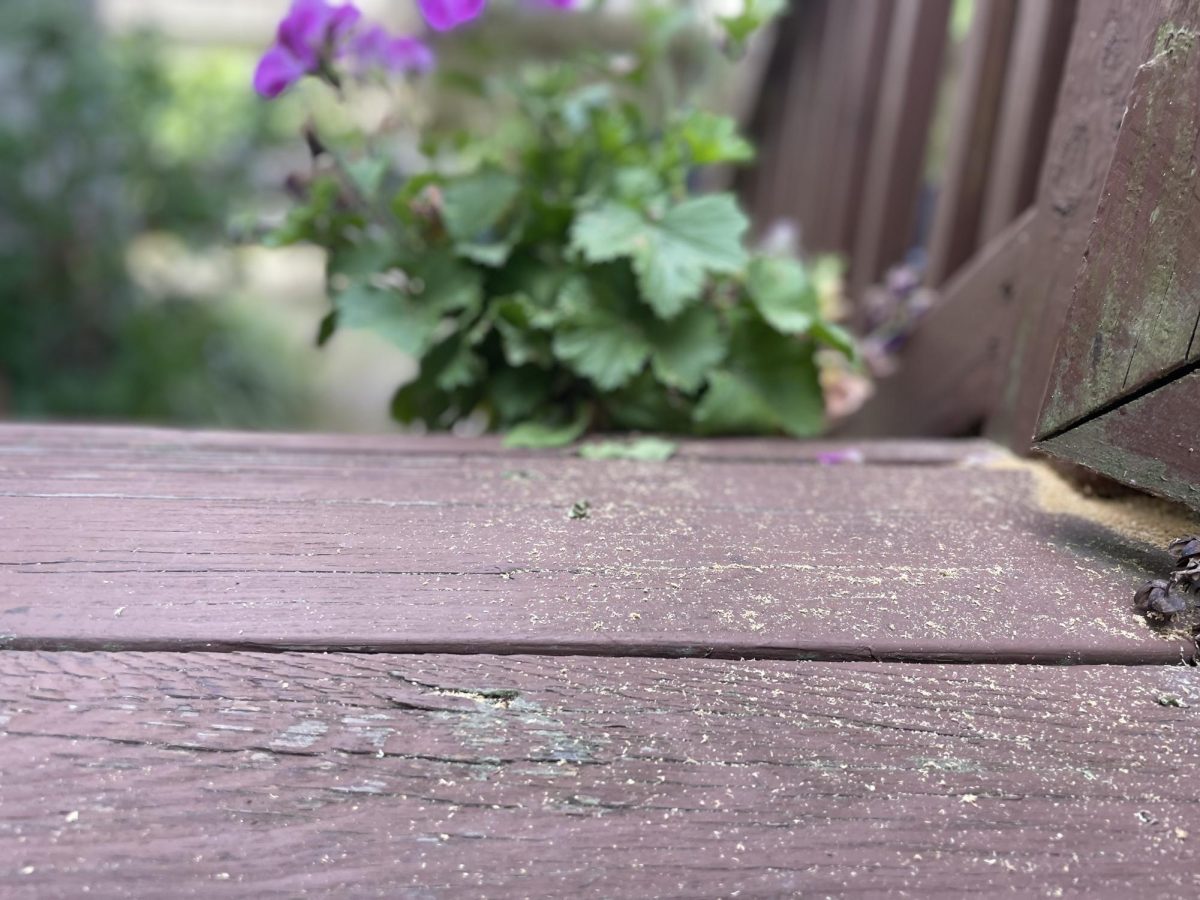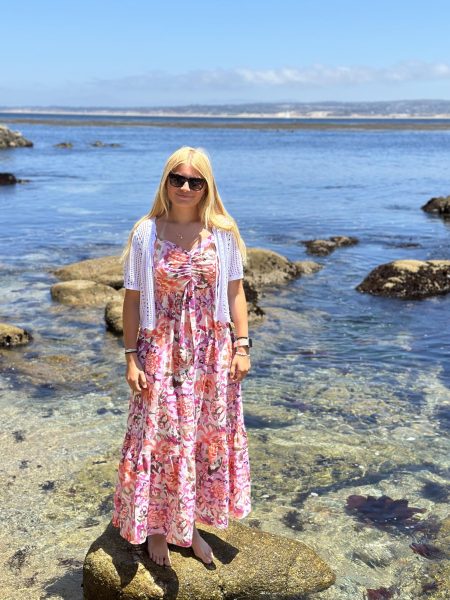Each spring, a silent invader fills the air, covering cars, bringing storms of sneezes and supporting blooms of life. The yellow hue of pollen makes itself known each year, but how much do people really know about this microscopic force of nature that can shape our planet and health?
Pollen is a powdery substance released by plants for reproductive purposes, and it is the most common allergy in the world, according to the Los Angeles Center for Ear, Nose, and Throat Allergy.
“You don’t really notice pollen allergies until spring comes around, and it gets difficult to focus when your eyes are itchy or you need to sneeze,” sophomore Gabi Fruit said.
As our planet changes yearly, so does the amount of pollen produced each spring. In fact, climate change may be the real villain responsible for increased pollen rates.
Warm weather is a key signal to plants to start blooming, which means that pollen seasons are starting earlier and lasting longer, according to Harvard School of Public Health.
One direct cause of climate change and increased pollen rates is the burning of fossil fuels. Higher carbon dioxide levels act as a fertilizer, therefore increasing plant growth.
“When there’s more CO₂ in the atmosphere, many plants grow faster and bigger, and some species (like ragweed) respond by producing more flowers and pollen as part of their growth and reproduction process,” chemistry teacher Jennifer Estabrook said.
While fossil fuels are crucial for energy production and industrial processes, they contribute to rising temperatures. People can reduce their usage of fossil fuels by alternating for renewable energy sources, turning off their car while sitting in a parking lot and reducing overall energy consumption.
With increased pollen levels comes a myriad of health concerns as increased pollen levels can trigger seasonal allergies, leading to more significant health issues such as asthma attacks and viruses.
“Pollen makes me sneeze constantly, get rashes and have watery eyes,” freshman Abby Blackmore said.
During high pollen seasons, limiting pollen exposure reduces allergy triggers and can relieve symptoms.
“You can reduce your exposure by keeping windows closed during high pollen days, using air purifiers indoors, showering after being outside, and checking daily pollen forecasts so you can plan to stay indoors when counts are highest,” Estabrook said.












